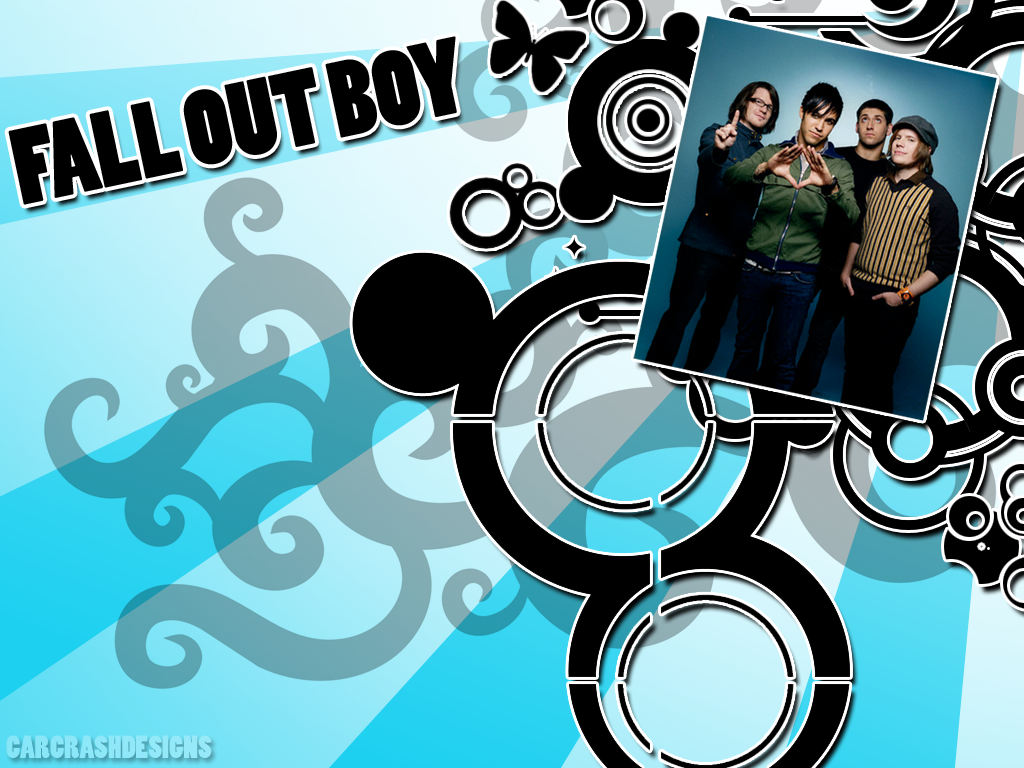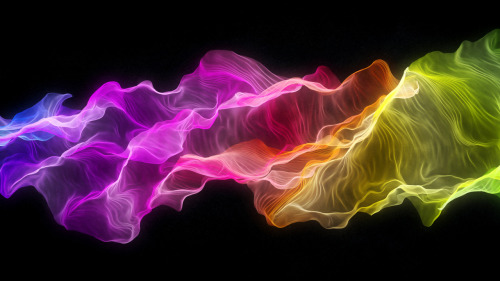Biography Of Cool Wallpapers Free Download
Wallpaper is a kind of material used to cover and decorate the interior walls of homes, offices, and other buildings; it is one aspect of interior decoration. It is usually sold in rolls and is put onto a wall using wallpaper paste. Wallpapers can come plain (so that it can be painted), textured (such as Anaglypta), or with patterned graphics.
Wallpaper printing techniques include surface printing, gravure printing, silk screen-printing, rotary printing, and digital printing. Mathematically speaking, there are seventeen basic patterns, described as wallpaper groups, that can be used to tile an infinite plane. All manufactured wallpaper patterns are based on these groups. A single pattern can be issued in several different colorways.
Wallpaper, using the printmaking technique of woodcut, gained popularity in Renaissance Europe amongst the emerging gentry. The elite of society were accustomed to hanging large tapestries on the walls of their homes, a tradition from the Middle Ages. These tapestries added color to the room as well as providing an insulating layer between the stone walls and the room, thus retaining heat in the room. However, tapestries were extremely expensive and so only the very rich could afford them. Less well-off members of the elite, unable to buy tapestries due either to prices or wars preventing international trade, turned to wallpaper to brighten up their rooms.
Early wallpaper featured scenes similar to those depicted on tapestries, and large sheets of the paper were sometimes hung loose on the walls, in the style of tapestries, and sometimes pasted as today. Prints were very often pasted to walls, instead of being framed and hung, and the largest sizes of prints, which came in several sheets, were probably mainly intended to be pasted to walls. Some important artists made such pieces, notably Albrecht Dürer, who worked on both large picture prints and also ornament prints intended for wall-hanging. The largest picture print was The Triumphal Arch commissioned by the Holy Roman Emperor Maximilian I and completed in 1515. This measured a colossal 3.57 by 2.95 metres, made up of 192 sheets, and was printed in a first edition of 700 copies, intended to be hung in palaces and, in particular, town halls, after hand-coloring.
Wallpaper is a kind of material used to cover and decorate the interior walls of homes, offices, and other buildings; it is one aspect of interior decoration. It is usually sold in rolls and is put onto a wall using wallpaper paste. Wallpapers can come plain (so that it can be painted), textured (such as Anaglypta), or with patterned graphics.
Wallpaper printing techniques include surface printing, gravure printing, silk screen-printing, rotary printing, and digital printing. Mathematically speaking, there are seventeen basic patterns, described as wallpaper groups, that can be used to tile an infinite plane. All manufactured wallpaper patterns are based on these groups. A single pattern can be issued in several different colorways.
Wallpaper, using the printmaking technique of woodcut, gained popularity in Renaissance Europe amongst the emerging gentry. The elite of society were accustomed to hanging large tapestries on the walls of their homes, a tradition from the Middle Ages. These tapestries added color to the room as well as providing an insulating layer between the stone walls and the room, thus retaining heat in the room. However, tapestries were extremely expensive and so only the very rich could afford them. Less well-off members of the elite, unable to buy tapestries due either to prices or wars preventing international trade, turned to wallpaper to brighten up their rooms.
Early wallpaper featured scenes similar to those depicted on tapestries, and large sheets of the paper were sometimes hung loose on the walls, in the style of tapestries, and sometimes pasted as today. Prints were very often pasted to walls, instead of being framed and hung, and the largest sizes of prints, which came in several sheets, were probably mainly intended to be pasted to walls. Some important artists made such pieces, notably Albrecht Dürer, who worked on both large picture prints and also ornament prints intended for wall-hanging. The largest picture print was The Triumphal Arch commissioned by the Holy Roman Emperor Maximilian I and completed in 1515. This measured a colossal 3.57 by 2.95 metres, made up of 192 sheets, and was printed in a first edition of 700 copies, intended to be hung in palaces and, in particular, town halls, after hand-coloring.
Wallpapers Free Download
Wallpapers Free Download
Wallpapers Free Download
Wallpapers Free Download
Wallpapers Free Download
Wallpapers Free Download
Wallpapers Free Download
Wallpapers Free Download
Wallpapers Free Download 3840x2160
Wallpapers (Free Download) [HD]























.jpg)











.jpg)
.jpg)


















